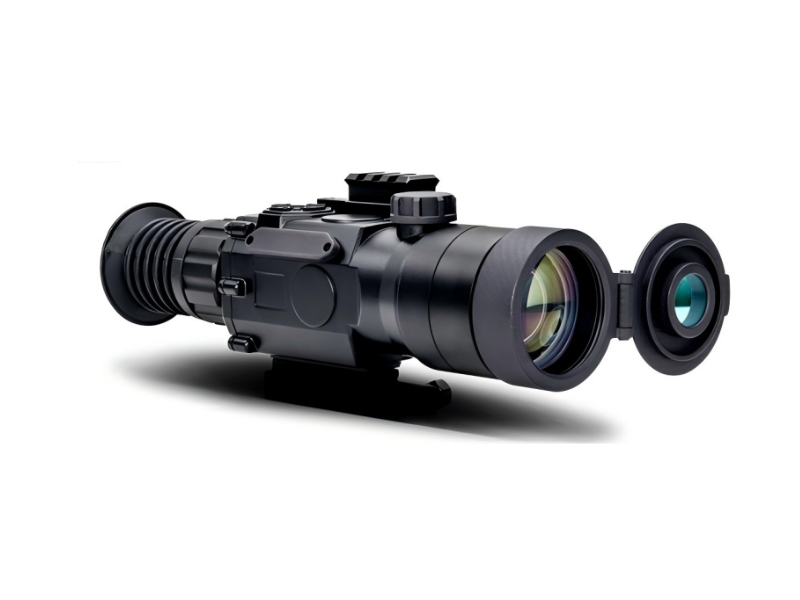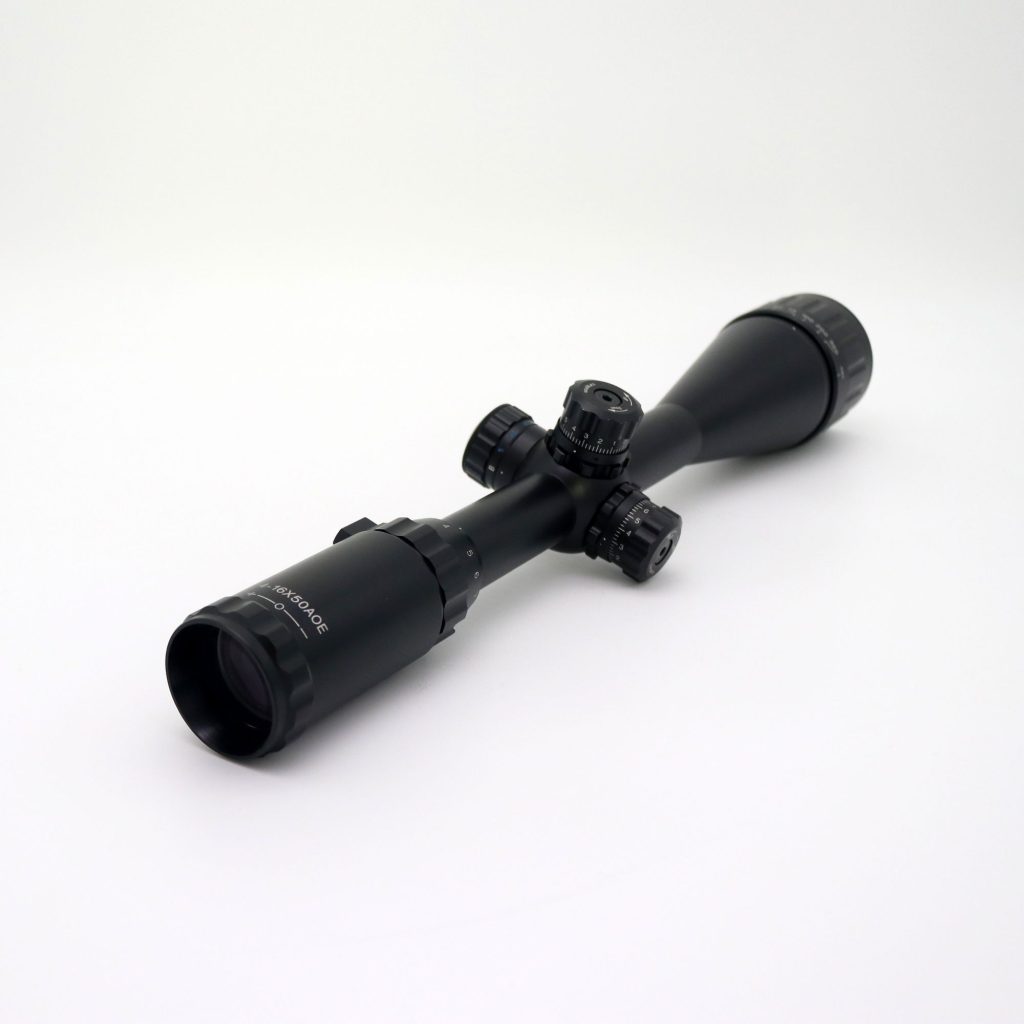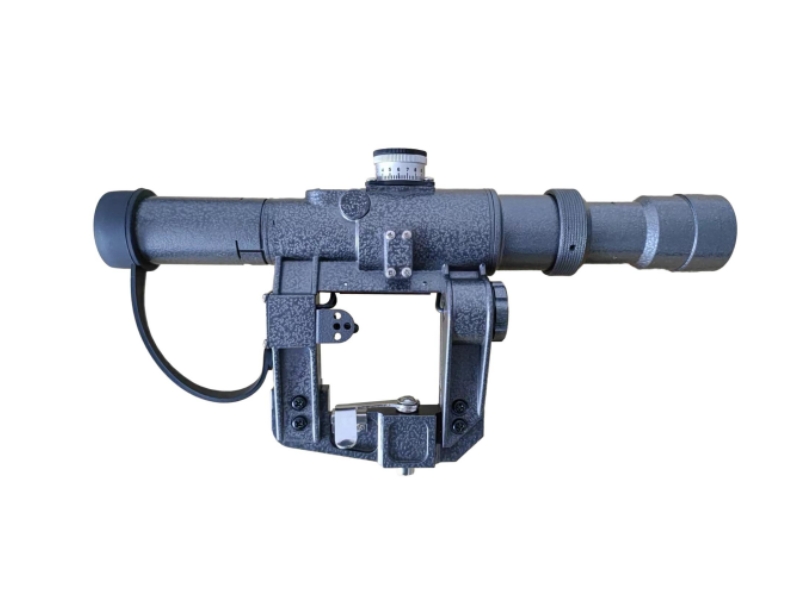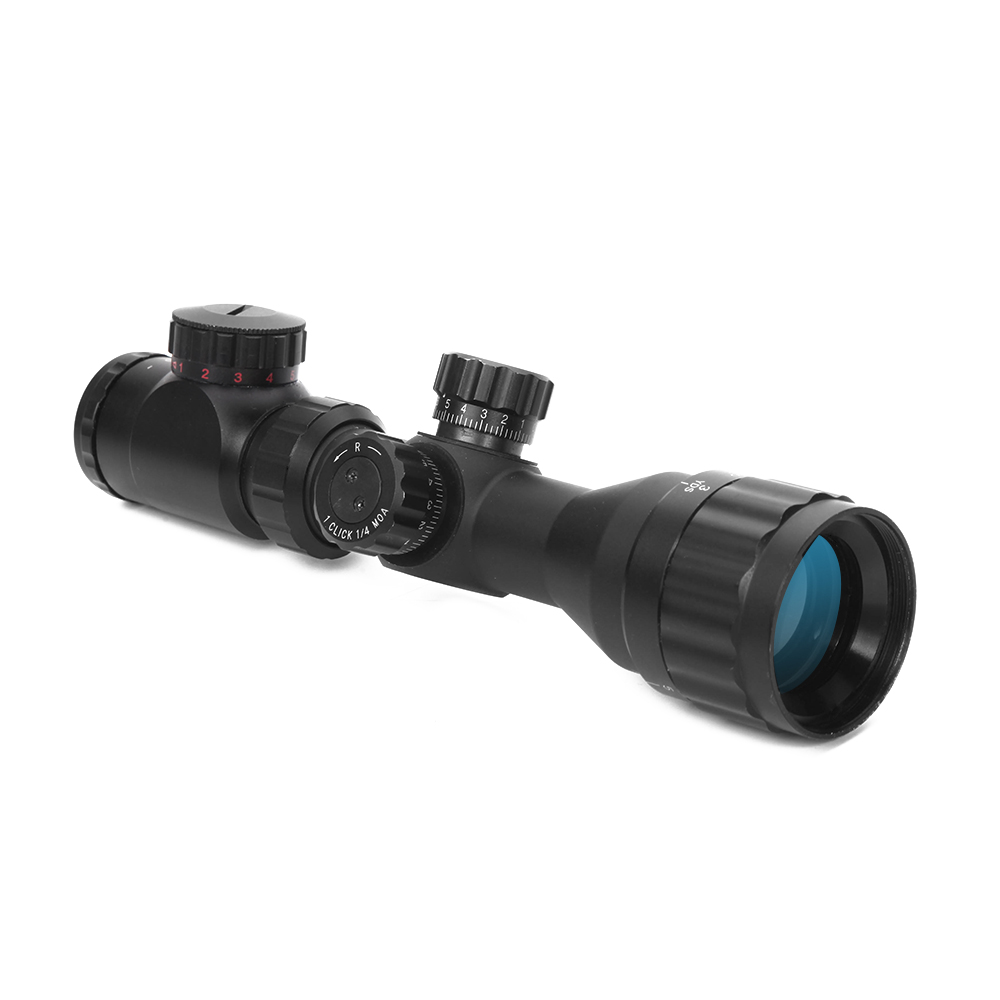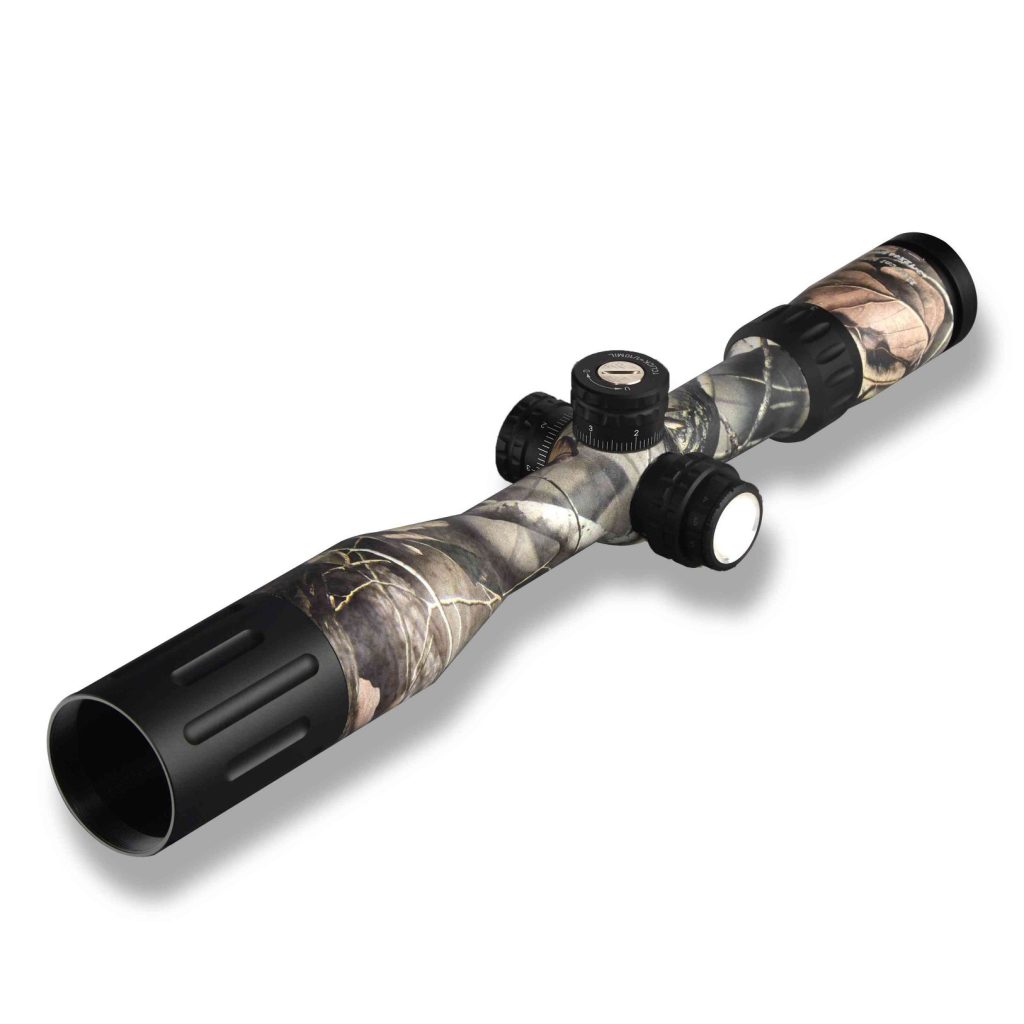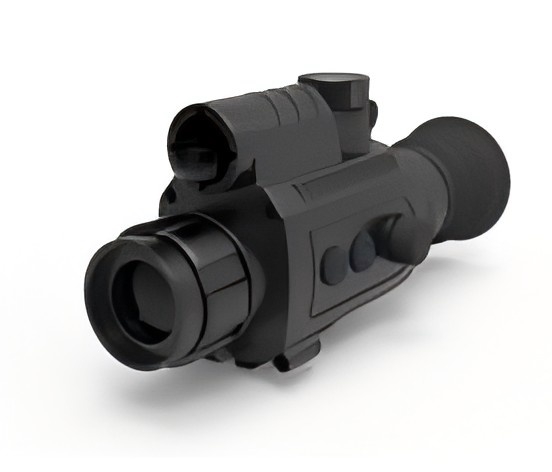Precision shooting demands equipment that eliminates variables. Among the most crucial components is the rifle scope, and for long-range and tactical shooters, a zero-stop feature is indispensable. This technology allows for rapid return to a predetermined zero after making elevation adjustments, ensuring consistent and accurate shots. Choosing the right zero-stop scope, however, requires careful consideration of various factors. Here we guide you through the process, helping you select the perfect optic for your rifle and shooting needs.
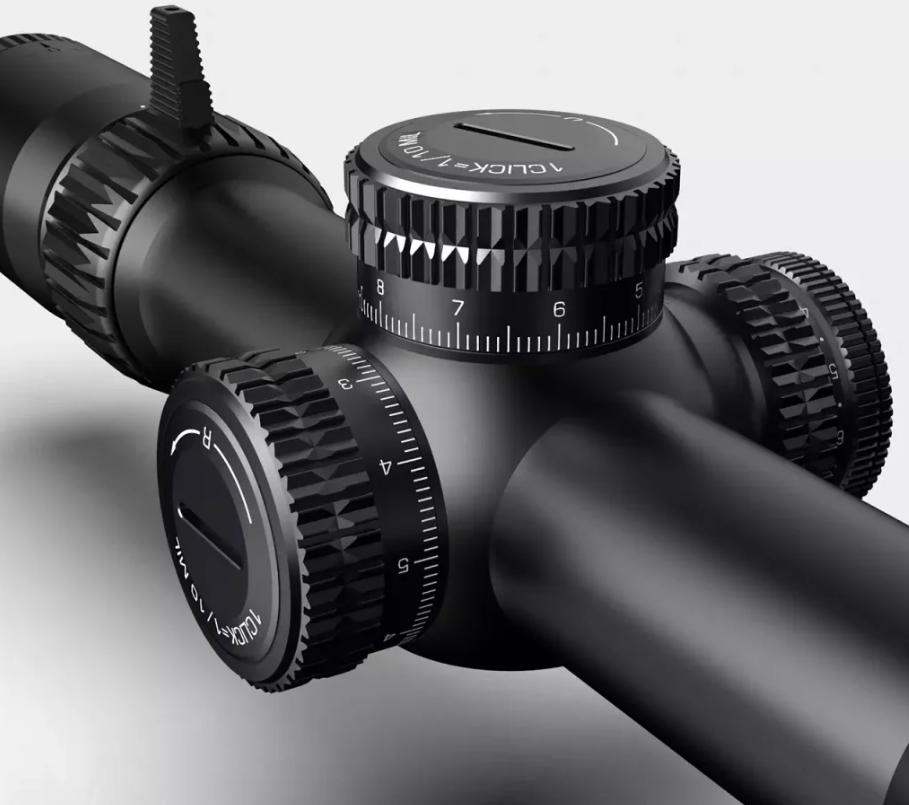
Understanding Zero-Stop Functionality
Zero-stop technology is a mechanical feature within a rifle scope’s elevation turret that prevents the turret from dialing below a pre-set zero point. When shooting at varying distances, shooters often make significant elevation adjustments. After engaging targets at different ranges, they need to return to their original zero quickly and reliably. The zero-stop mechanism provides a hard mechanical stop, eliminating the need to visually count clicks or rely on memory, greatly enhancing speed and accuracy.
Various Zero-Stop Designs
Several zero-stop designs exist, each with its own set of advantages and disadvantages:
- Mechanical Stops: These designs use physical components like shims, pins, or threaded rings to create a hard stop. They are known for their reliability and repeatability.
- Internal Stop Mechanisms: Some scopes integrate the zero-stop mechanism within the turret itself, offering a more compact and streamlined design.
- Tool-less Zero-Stop: Some newer designs allow the user to set the zero-stop without any tools. This provides a quick and easy setup.
A reliable zero-stop offers several key advantages:
- Speed and Efficiency: It allows for rapid return to zero, saving valuable time in competitive or tactical situations.
- Accuracy and Repeatability: It eliminates the possibility of dialing below zero, ensuring consistent shot placement.
- Reduced Error: It minimizes the risk of human error, especially under stress or in low-light conditions.
- Confidence: Knowing you can return to your zero with absolute certainty boosts confidence and improves overall shooting performance.
The zero-stop feature is a critical component for precision shooters, providing speed, accuracy, and reliability. Understanding the different designs and their advantages will help you choose a scope that meets your specific needs.
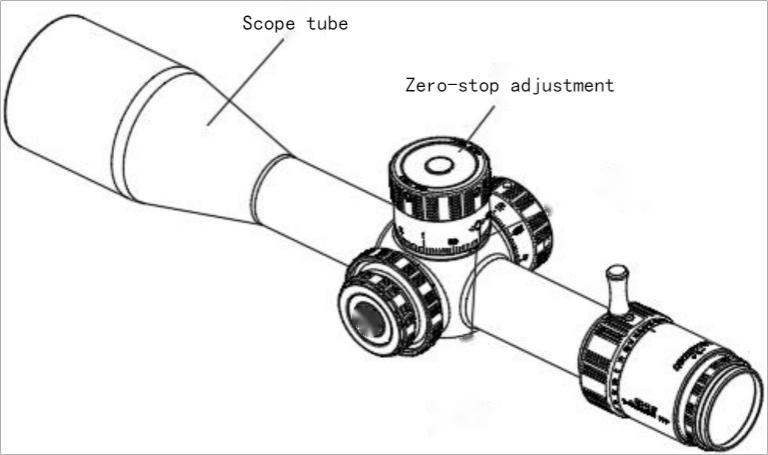
Factors to Consider When Choosing a Zero-Stop Scope
Selecting the right zero-stop scope involves a meticulous evaluation of several key factors. Each element contributes to the scope’s overall performance and suitability for your specific shooting needs. Factors including:
A. Magnification Range:
The magnification range dictates the scope’s ability to enlarge the target image. A wider range offers versatility, allowing for both close-range and long-distance engagements. For long-range precision, higher magnification is essential to discern fine details. Conversely, hunting or tactical scenarios may prioritize a broader field of view with lower magnification for rapid target acquisition.
Consider your typical shooting distances and the nature of your targets when determining the ideal magnification range. Incorrect magnification can lead to difficulty in target acquisition or insufficient detail for precise aiming.
For example, a 3-18x scope is versatile for both hunting and some long range shooting, while a 6-24x or higher is better for dedicated long range.
B. Objective Lens Size:
The objective lens, located at the front of the scope, gathers light and transmits it to the user’s eye. A larger objective lens allows for greater light transmission, resulting in a brighter and clearer image, especially in low-light conditions. However, larger lenses increase the scope’s size and weight, potentially impacting handling and balance. The optimal objective lens size balances light-gathering capabilities with practical considerations.
A 50mm or 56mm objective lens is excellent for low-light shooting, while a 42mm or 44mm lens offers a more compact profile.
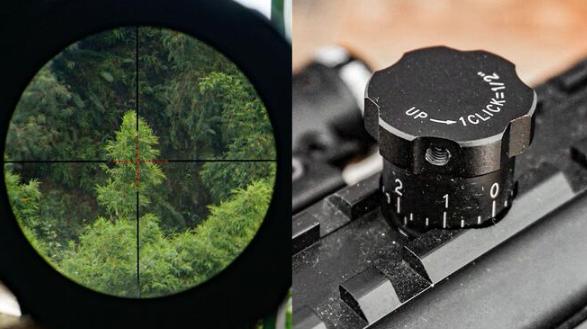
C. Turret Adjustments:
Turret adjustments enable precise corrections for windage and elevation. The quality and design of these turrets are crucial for accuracy and repeatability. Look for turrets with clear, tactile clicks, precise tracking, and a robust locking mechanism to prevent accidental adjustments. The adjustment units (MOA or MIL) should match your reticle for seamless communication. Inaccurate or unreliable turrets can lead to inconsistent shot placement and frustration.
For example, turrets with 0.1 MIL or 1/4 MOA clicks provide fine adjustments. Locking turrets prevent accidental changes.
D. Reticle Selection:
The reticle is the aiming point within the scope, and its design significantly impacts accuracy and target acquisition. Choose a reticle that complements your shooting style and application. Options include MOA-based, MIL-based, and specialized reticles for long-range, tactical, or hunting scenarios. Consider factors such as reticle subtensions, holdover points, and illumination. An inappropriate reticle can hinder target acquisition and reduce accuracy.
A MIL-dot reticle is popular for long-range shooting, while a duplex reticle is common for hunting. Illuminated reticles aid in low-light conditions.
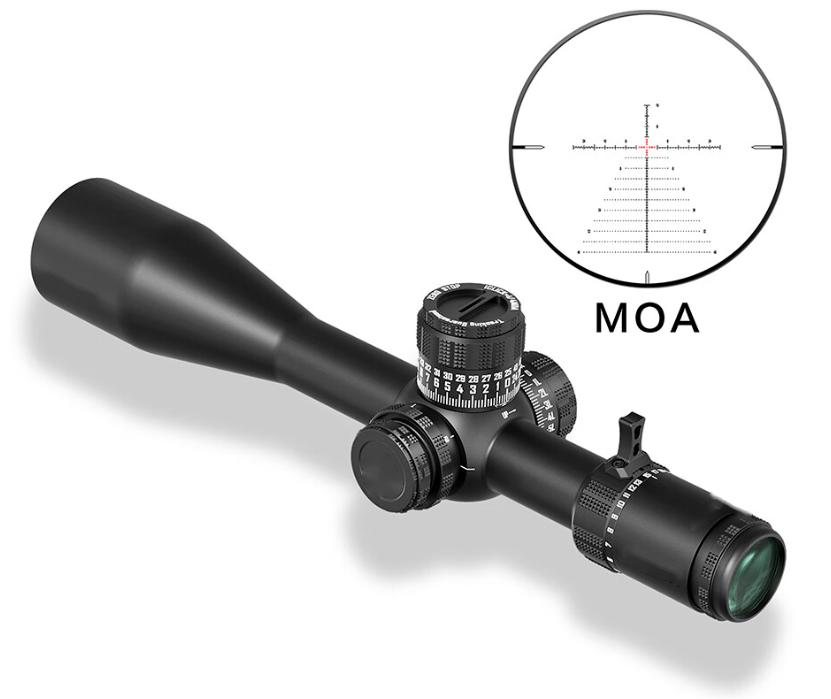
E. Tube Diameter:
The tube diameter influences the scope’s internal adjustment range and light transmission. Common diameters include 30mm and 34mm. Larger tubes typically offer a wider adjustment range and increased light transmission, but they also add weight and bulk. Ensure the tube diameter is compatible with your mounting system.
F. Build Quality and Durability:
The scope’s build quality and durability are paramount, especially for demanding shooting environments or heavy-recoil calibers. Look for scopes constructed from high-quality materials, such as aircraft-grade aluminum, and designed to withstand shock, recoil, and environmental factors. Features like nitrogen purging and O-ring seals ensure fog proof and waterproof performance. Scopes with a robust one-piece tube construction and reinforced internal components offer superior durability. A poorly built scope can fail under stress, leading to inaccurate shots or complete failure.
G. Budget:
Zero-stop scopes span a wide price range, from budget-friendly options to high-end models. Determine your budget and prioritize the features most important to you. Consider the long-term value of investing in a high-quality scope that meets your needs and withstands the test of time.
By carefully evaluating each of these factors, you can make an informed decision and select a zero-stop scope that optimizes your rifle’s performance and enhances your shooting experience. Prioritize the features that align with your specific needs and budget, ensuring a reliable and accurate optic for years to come.
Matching the Scope to Your Rifle and Intended Use
A rifle scope is not a one-size-fits-all accessory. Achieving optimal performance requires a careful matching of the scope to both the rifle’s capabilities and the shooter’s intended use. This involves considering the rifle’s caliber, the specific shooting discipline, and the overall compatibility of the scope with the firearm. A well-matched scope enhances accuracy, efficiency, and overall shooting enjoyment.
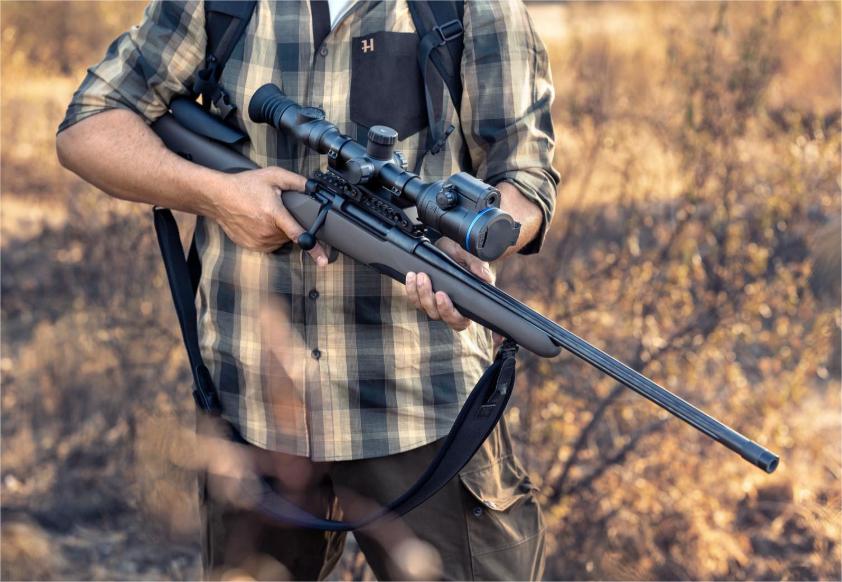
Considerations for Different Rifle Calibers and Types:
Rifle calibers and types vary significantly, each with unique recoil characteristics, ballistic profiles, and intended applications.
- High-recoil calibers, such as magnum cartridges, demand scopes with robust internal components and recoil-resistant designs to maintain zero and prevent damage.
- Precision rifles, designed for long-range accuracy, benefit from scopes with high magnification, precise turrets, and advanced reticles.
- Hunting rifles may prioritize lightweight scopes with wider fields of view and excellent low-light performance.
- Tactical rifles often require rugged scopes with rapid adjustment turrets and specialized reticles for quick target engagement.
For example: A .300 Winchester Magnum rifle used for long-range hunting will require a scope with a strong build and high magnification, while a .223 Remington AR-15 used for tactical applications would benefit from a scope with rapid adjustment turrets and a tactical reticle.
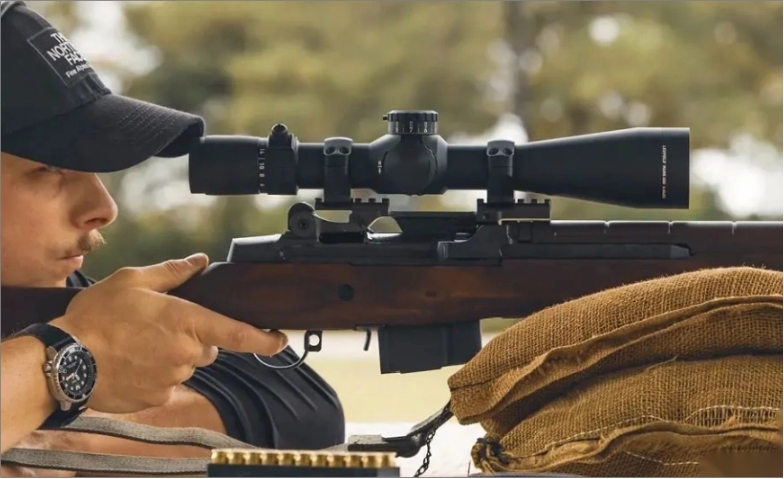
Matching the Scope to the Specific Shooting Discipline:
Each shooting discipline has unique requirements and challenges.
- Long-range competition demands scopes with high magnification, precise turrets, and advanced reticles that allow for accurate holdovers and windage adjustments. A long-range competitor might choose a scope with a MIL/MIL reticle and turrets for easy long range calculations.
- Hunting requires scopes with durable construction, good low-light performance, and a wide field of view for rapid target acquisition. a hunter might prioritize a scope with a simple duplex reticle and good low light performance.
- Tactical shooting emphasizes rugged scopes with rapid adjustment turrets, tactical reticles, and sometimes even night vision compatibility for operational effectiveness. A tactical shooter would likely choose a scope that has a very durable build, and a reticle that allows for rapid target acquisition.
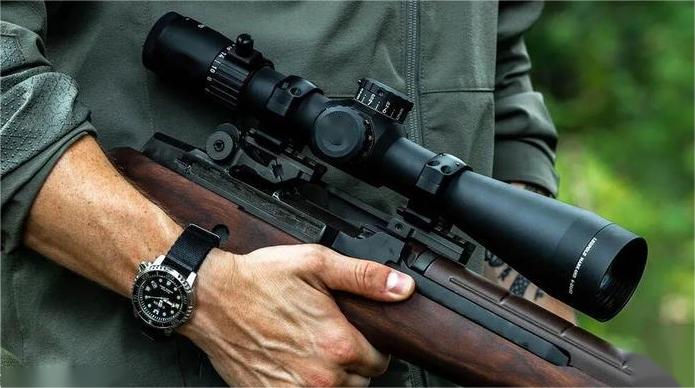
Rifle and Scope Compatibility:
Ensuring physical compatibility between the rifle and scope is essential. This includes matching the scope’s mounting system (rings or rails) to the rifle’s receiver. Consider the scope’s eye relief, which is the distance between the shooter’s eye and the eyepiece, to ensure proper cheek weld and comfortable shooting. The scope’s mounting height should also be considered to allow for proper clearance and alignment with the rifle’s bore.
For example, a scope with a 34mm tube requires compatible 34mm rings. A scope with short eye relief may require a different mounting solution to ensure proper eye placement. Incompatible mounting systems or improper eye relief can lead to discomfort, inaccurate shooting, and potential injury.
Matching the scope to your rifle and intended use is critical for maximizing performance and accuracy. By considering the rifle’s caliber, the specific shooting discipline, and the physical compatibility of the scope, you can select an optic that enhances your shooting experience and delivers consistent results.
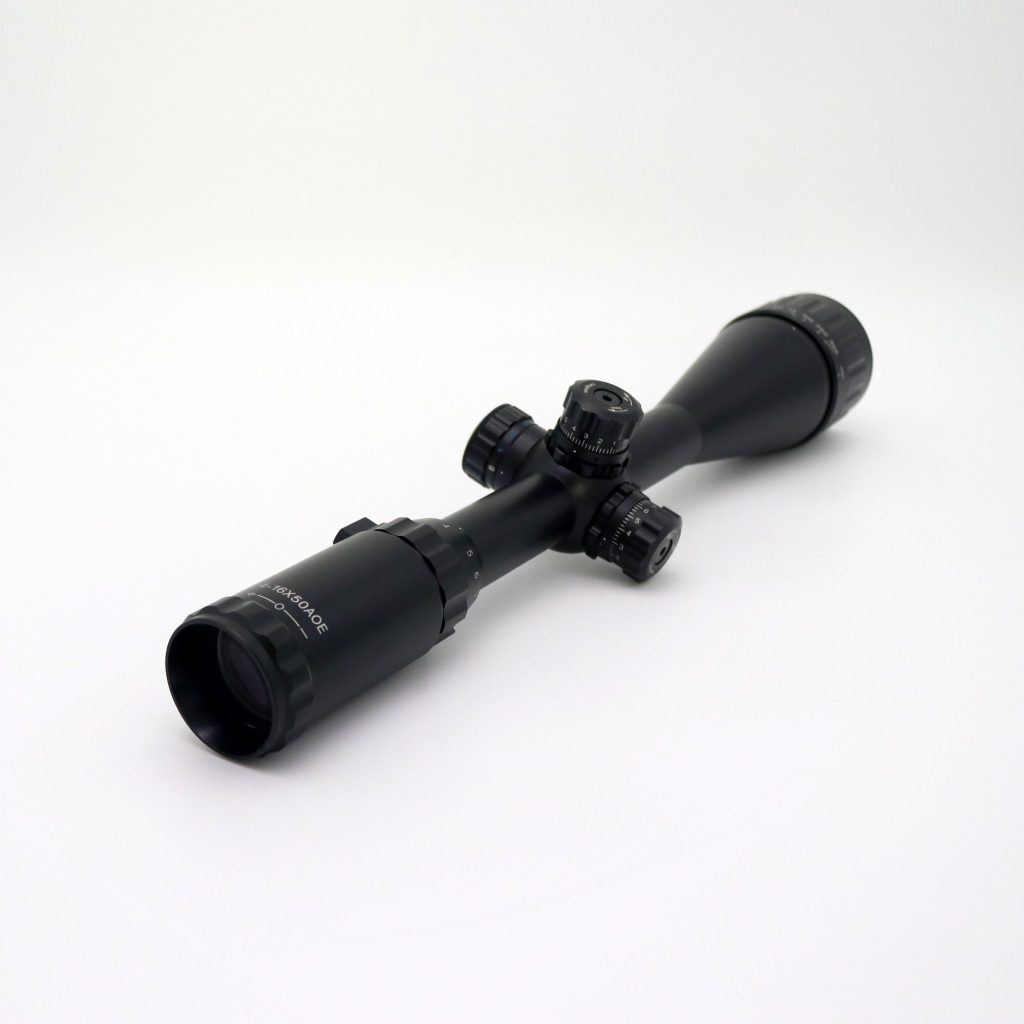
Top Zero-Stop Scope Recommendations
Selecting the best zero-stop scope depends heavily on individual needs and budget. However, some well-regarded options include:
- Nightforce ATACR: Known for its ruggedness, precision, and exceptional optical clarity, ideal for long-range and tactical applications.
- Vortex Razor HD Gen III: Offers excellent optical performance, precise turrets, and a robust build, suitable for various shooting disciplines.
- Leupold Mark 5HD: A lightweight and high-performance scope with excellent optical quality and reliable adjustments.
- Foreseen‘s Zero-Stop Scope: Foreseen scopes are designed with precision and durability in mind, offering features that meet the needs of serious shooters. Their zero-stop mechanism is engineered for reliable and repeatable adjustments, and the scopes are built with high-quality materials to withstand harsh conditions. They offer great value, and are designed to compete with higher priced competitors.
- Schmidt & Bender PM II: Renowned for its exceptional optical quality and rugged construction, often favored by military and law enforcement professionals.
These scopes represent some of the best zero-stop options available, each with its own strengths and features. Researching and comparing these models will help you find the perfect scope for your rifle and shooting needs.

